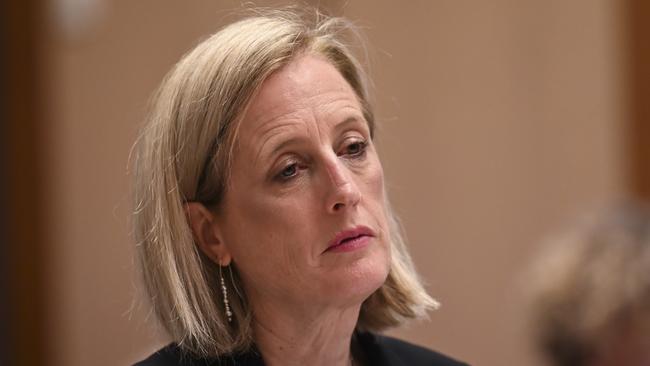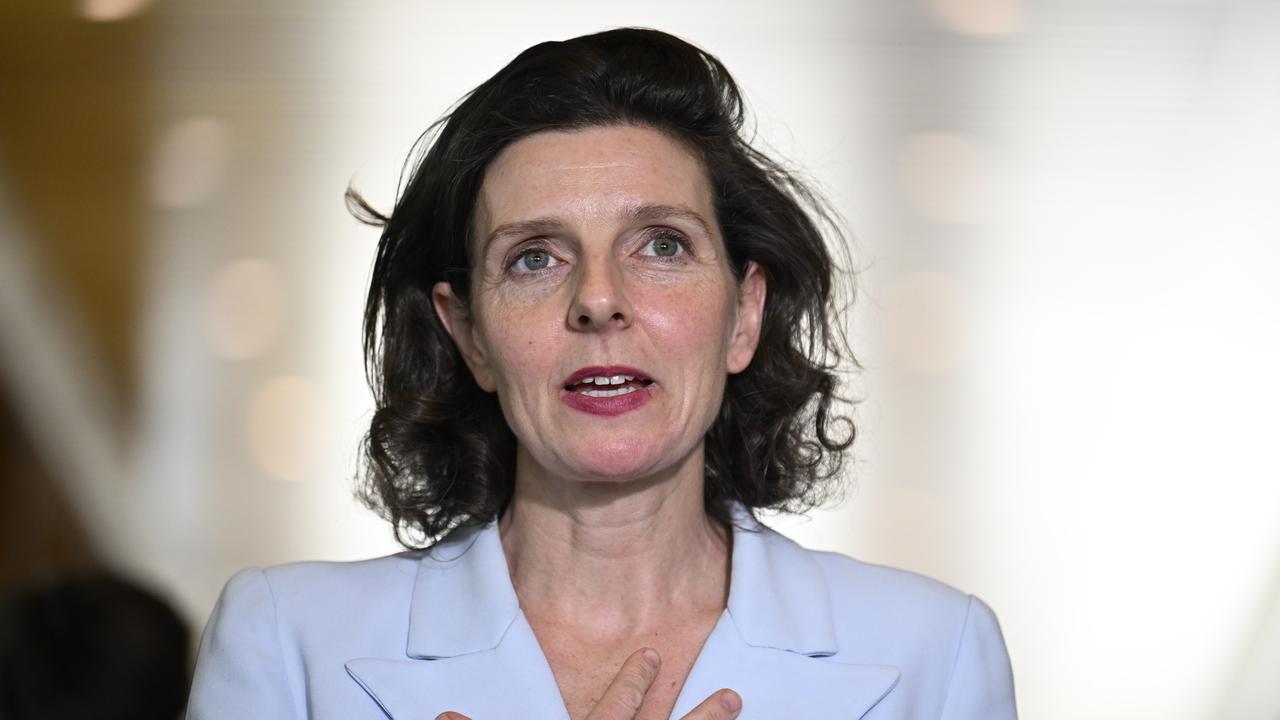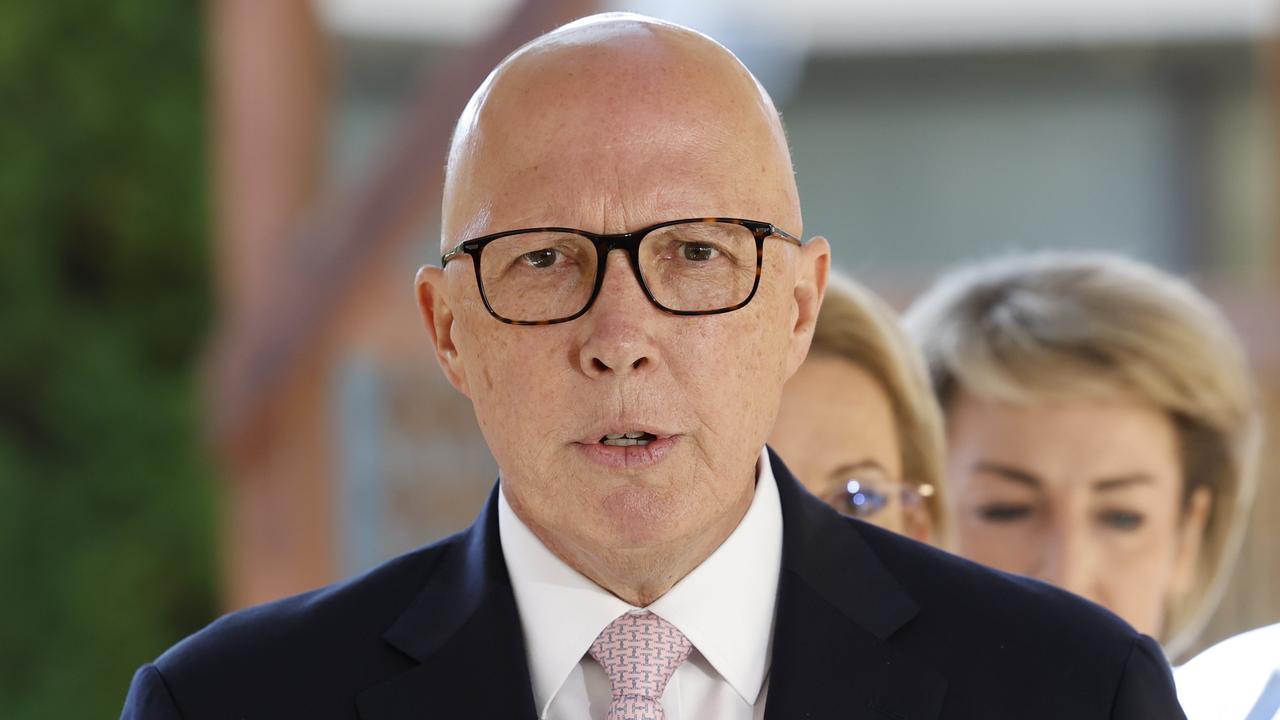Canberra’s PR spend slashed but ramping up again
The Albanese government slashed by half Canberra’s spending on campaign advertising in its first year in office, after the Coalition’s record pandemic-era spree.

The Albanese government slashed by half Canberra’s spending on campaign advertising in its first year in office, after the Coalition’s record pandemic-era spree.
But Labor has since launched campaigns to spruik elements of its signature $23bn cost-of-living relief package for households, Medicare urgent care clinics, elevating the teaching profession and its failed referendum for an Indigenous voice.
According to the Department of Finance, consolidated campaign advertising spending, which includes costs for media and creative development, decreased to $173.9m in 2022-23, from $339.2m the previous year.
With services inflation running at 6.3 per cent last financial year, Labor cut total campaign outlays by 52 per cent in real terms, in line with its pre-election pledge to scale back taxpayer-funded advertising.
The Australian National Audit Office has flagged a potential performance audit of government advertising this financial year to assess the effectiveness of Finance’s implementation of a new campaign advertising framework the government established at the end of 2022.
Major campaigns last financial year were for defence force recruitment, Covid-19 booster shots, childcare subsidies, the early stage of the voice referendum and First Nations electoral enrolment.
Campaign media costs incurred by Defence People, the department’s human resources group, were $41.8m, with another $18.4m on development costs.
In its first budget in October last year, the Albanese government cut $3.6bn from external labour, government advertising, travel and legal expenses over four years in line with Finance Minister Katy Gallagher’s post-election audit of “rorts and waste”.
During a Senate estimates hearing in October, Finance officials said spending on all federal contracts had fallen by $6bn in 2022-23.
As well, officials told the hearing the value of contracts going to the big four consulting firms – KPMG, Deloitte, EY and PwC – was $1.4bn last financial year, a fall of $200m on the previous year.
But advertising spending in Labor’s second year in office appears on track to surpass its first.
In the current year, departments have launched campaigns on fee-free TAFE, elevating the teaching profession, cheaper medicines and child safety.
According to government contract documents, media costs for the Australian Electoral Commission’s October 14 voice referendum were $26.7m. AusTender disclosures show the Defence Department has committed over $60m for its recruiting campaign this financial year.
The promotion of teaching as a career is budgeted to cost $7.5m, while the media component of the 60-day prescriptions campaign is estimated to cost $4.3m.
Media costs for fee-free TAFE are contracted at $5.3m and $4.3m for urgent care clinics.
In the mid-year budget update in December, the government allocated $9.3m over the next two years to deliver a six-month advertising and public relations campaign to support the release of Safe Work Australia’s decision to prohibit the use of engineered stone and decisions taken by Work Health and Safety Ministers to prohibit or limit the use of engineered stone.
The mid-year budget papers show the campaign will be funded from savings identified under the banner of Better Targeting Employment Services.
In its media spending blitz in 2021-22, the Coalition’s major campaigns were about economic recovery, Covid-19 vaccinations and emissions policies, as well as for cyclical events such as that year’s census and federal election.
In the run-up to the 2022 poll, the Coalition was accused of running political messaging masquerading as public information, as government integrity became a key issue in a swath of marginal seats won by teal candidates.
Grattan Institute analysis shows about a quarter of government spending on advertising is politicised in some way, by both sides of politics. Historically, about $50m on average each year has been spent on campaigns that are politicised, the institute found.
In December 2022, the government updated its guidelines on information and advertising campaigns for commonwealth agencies.
The five overarching principles require that campaigns are: relevant to government responsibilities; presented in an objective, fair and accessible manner; objective and not directed at promoting party political interests; justified and undertaken in an efficient, effective and relevant manner, and; compliant with legal requirements and procurement policies and procedures.




To join the conversation, please log in. Don't have an account? Register
Join the conversation, you are commenting as Logout